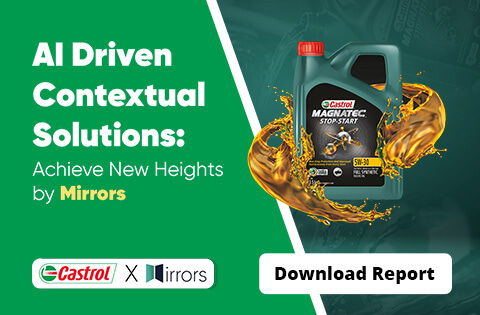Should Marketers Go For AI-Powered Contextual Brand Safety Technology? | 27 Sep, 2021
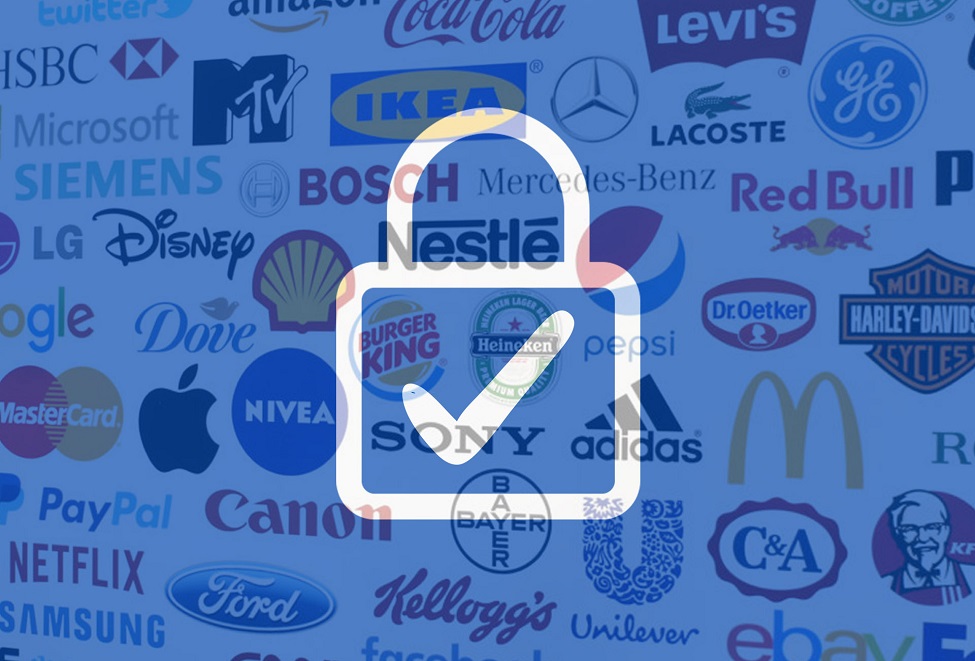
In the wake of vast amount of harmful content on the internet, brand safety has become a primary focus for marketers when it comes to digital advertising.
Brands should not only be careful about the content of their messages, but should also be heedful of the environment in which their ads are being placed. Context is extremely important for brands in the case of online advertising.
The brand safety tools that marketers are currently using aren’t providing optimal results
To prevent damage to brands’ image, marketers are implementing different types of brand safety solutions. But most of these solutions or tools date back to the advent of programmatic advertising and are not effective enough to ensure a satisfactory level of brand safety. Moreover, there is no ready-made tool that can suit the requirements of all brands. A brand has to customize the solution in order to meet its specific needs.
Most of the brand safety tools used by marketers today rely on blacklists and whitelists. A blacklist is made up of different keywords that a brand considers harmful or inappropriate for its business. The content that has the blacklisted keywords is blocked by the tool, and therefore, no ads get placed next to such content. The keyword-based tools are unable to comprehend nuances in context and often lead to blocking of safe content. This negatively impacts an advertising campaign’s performance, as reach is considerably reduced.
A whitelist is a list of websites or web pages that are considered safe by a brand for running its ads. As whitelist offers a closed environment, reach of an ad campaign is significantly reached. Moreover, a whitelist curator has to update the list from time to time so that newer safe content does not get missed.
Although private marketplaces provide a safe advertising environment, they have their own limitations
Many marketers consider private marketplaces as a solution to the brand safety problem. In a private marketplace, only exclusive parties take part in programmatic ad buying and selling. A private marketplace works only on an invite-only basis, unlike an open marketplace. Publishers invite only chosen advertisers for bidding on the select ad spots. Brands know the brand safety status of publishers from whom they purchase the ad spots in private marketplaces. This provides them confidence that their ads will not be placed in a harmful environment. The most important limitation of using a private marketplace is the decrease in campaign’s reach.
AI-powered contextual targeting offers the true solution to the brand safety menace
Brand safety technology that makes use of AI-powered contextual targeting is not only the latest but also the most advanced solution to the brand safety problem. AI-powered contextual brand safety technology accurately understands nuances in context, and therefore, does not lead to over blocking of content, unlike conventional solutions.
Apart from generic harmful contexts such as terrorism, obscenity, etc., AI can also detect brand-defined inappropriate contexts, thus providing brand suitability along with brand safety. AI-based brand safety solutions effectively detect unsafe and unsuitable contexts in online videos, thus offering a brand safe and suitable video advertising environment to marketers.
If marketers want a brand safety solution that is highly effective, does not block safe content and does not kill an advertising campaign’s reach, then they should go for AI-powered contextual brand safety technology.
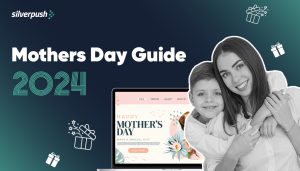
BLOGS
Crafting a Winning Mother’s Day Advertising Strategy for 2024: Insights and Trends
As we approach Mother’s Day 2024, brands must prepare to adapt to changing consumer needs and preferences. Considering the current market dynamics and consumer behavior, it's crucial to develop a successful Mother’s Day campaign that extends beyond the day itself. Here's a detailed roadmap to navigating the Mother’s Day market, ...
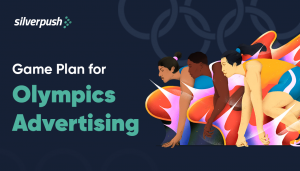
BLOGS
Win Gold for Summer Olympics 2024 with AI-Powered Video Ads
The Paris Olympic Games 2024 is not merely a gathering of the world’s finest athletes, but it’s a testament to unity, diversity, and the pinnacle of human excellence. The grand spectacle sparks surges in consumer engagement and purchase intent worldwide. Whether you operate shoe boutiques in Ohio, bicycle repair shops ...
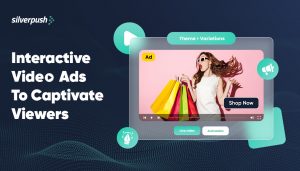
BLOGS
Interactive Video Ads: Turn Passive Viewers to Active Participants
Interactive video ads signify a revolutionary change in digital advertising, turning passive spectators into dynamic participants. Through the smooth integration of interactive elements such as touchpoints, quizzes, and clickable features, these ads present an unparalleled avenue for brands to connect with their audience. Viewers are no longer just observers but ...


